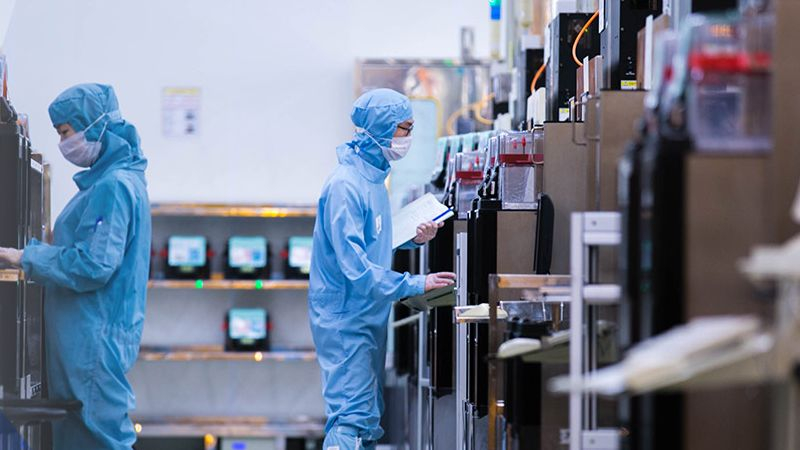SMIC management’s hopes for sequential revenue growth of up to 15% in the third quarter did not come out of nowhere. In the face of tightening US sanctions, the Chinese semiconductor industry is developing at an accelerated pace, and the company is ready to increase production capacity faster than originally planned to meet demand.

Let us recall that in the second quarter, SMIC’s revenue increased by 22% to $1.9 billion, and although net profit decreased by 59% to $165 million, it was still above market expectations. Moreover, SMIC’s net income increased sequentially by 129%. As one of the company’s two general directors, Zhao Haijun, noted, “due to supply chain disruptions caused by geopolitical issues, some clients decided to start exploring the industrial components market,” which caused an increase in demand for the company’s services. In combination with other statements, a favorable effect was achieved: SMIC’s share price increased by 5.3% after the publication of the quarterly report.
In the second quarter, as noted by the South China Morning Post, SMIC was able to increase its processing volume of 200 mm equivalent silicon wafers to 837,000 pieces per month. Conveyor utilization levels increased sequentially from 81% to 85%, the highest level since the third quarter of 2022. Tellingly, Chinese customers have provided the company with more than 80% of its total revenue for five consecutive quarters. However, last quarter the share of revenue from customers in the Americas and Eurasia rose to 16% and 3.7%, respectively. As the head of SMIC explained, even some of the company’s foreign clients are forced to stockpile products, fearing the further negative impact of geopolitical factors on the supply of products from China. In addition, more and more products from foreign customers are being sold in the domestic market of China. Some of the customers even postponed the release of some products from the second half of the year to the first.
Increased demand from SMIC’s Chinese customers is causing a shortage of processing capacity for 300 mm silicon wafers. The company is aware of the market needs, and therefore intends to increase its core capacity ahead of schedule. If earlier it planned to add no more than 50,000 silicon wafers per month by December, it is now ready to increase capacity by the equivalent of 60,000 wafers per month. Prices for a number of SMIC services are also rising, reflecting an upward trend in demand. At the end of the first half of the year, the company incurred capital expenditures of $4.5 billion, which is noticeably more than last year’s $3.8 billion. Now SMIC management is accelerating the construction of new factories and requires contractors to keep up with the new schedule.